Three years ago, CSUN’s provost had a great idea: Why not make seed money available so faculty members with ideas for innovative research could take a little time away from teaching to pursue proofs of concept that could attract external funding? Thus was born the CSUN Research Fellows Program.
Each year, a committee at every college reviews the proposals and selects one faculty member to be that year’s research fellow. Fellows receive 12 units of release time, or the equivalent of a semester, to work on project. In the case of CECS, the college also contributes some funds for supplies and other expenses. The following faculty members have been named research fellows in the College of Engineering and Computer Science.
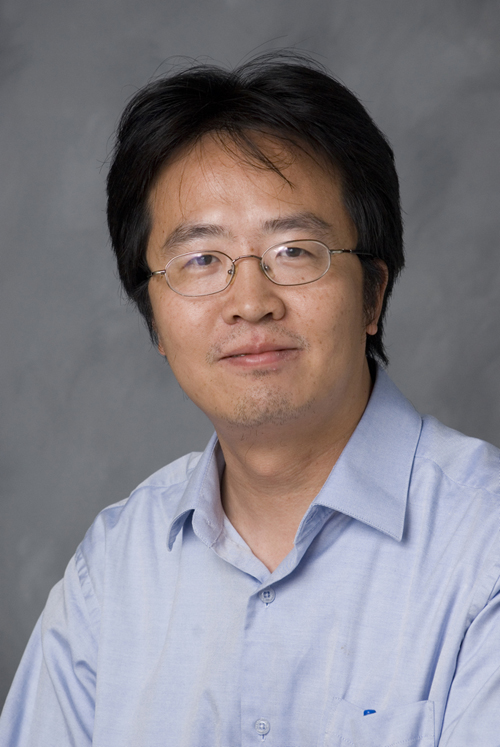 Xiyi Hang, 2008-09
Xiyi Hang, 2008-09
Xiyi Hang, an assistant professor of electrical and computer engineering, was the college’s first research fellow, awarded the honor for his project to design new algorithms for cancer diagnosis using DNA microarray data. Traditionally, cancer diagnosis is based on pathology: a pathologist observes the cells and makes a diagnosis based on the shapes of the cells. But many cancers cannot be accurately diagnosed this way because every type of cancer has many subtypes, which may look similar under the microscope.
“Cancer is a multigene disease, and there are many genes involved at same time,” Hang says. “A DNA microarray is essentially a chip that can be used to measure the expression of tens of thousands of genes simultaneously.”
Using existing, public DNA microarray data, he tried to determine which genes were most relevant for classifying different types of cancer and then to classify patients according to diagnosis. Upon completing his fellowship project, he developed a new model for classification and diagnosis that can match the performance of the accepted state-of-theart method, but which is far more convenient for diagnosis. He is now trying to learn how to build mathematical models to understand how cancer works.
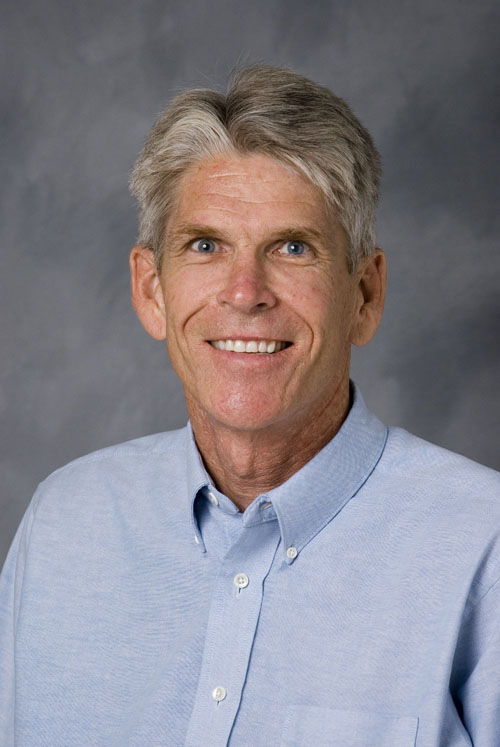 Dale Conner, 2009-10
Dale Conner, 2009-10
Dale Conner, an assistant professor in the Department of Manufacturing Systems Engineering and Management, was the second recipient of a research fellowship, which he used to investigate the fatigue strengths and corrosion resistance of a palladium-nickel-copper-phosphorous glass-forming alloy. Specifically, he studied the alloy in the context of orthopedic surgery, where it might be used to replace stainless steel, as in a procedure where wires anchor a bone in place as it heals.
“All materials stretch some if you put a load on them,” Conner says. “Bone is no different. Ideally you want whatever kind of device you’re using to have an elastic modulus that is closer to that of bone. The load sharing by the bone and device will be better because bone will deteriorate if you don’t put a load on it.”
After making the alloy—a long, painstaking process—Conner conducted fatigue experiments at different stresses and while exposing it to different corrosive environments. What he found was that its fatigue properties were on a par with those of a titanium alloy used for implants and were better than those of other alloys used in biological implants, such as stainless steel and cobalt chromoly. It was also resistant to corrosion in a fluid used to simulate body fluids, as well as in saltwater and in sodium hydroxide, and it corroded only slightly in hydrochloric acid, even after three months of exposure.
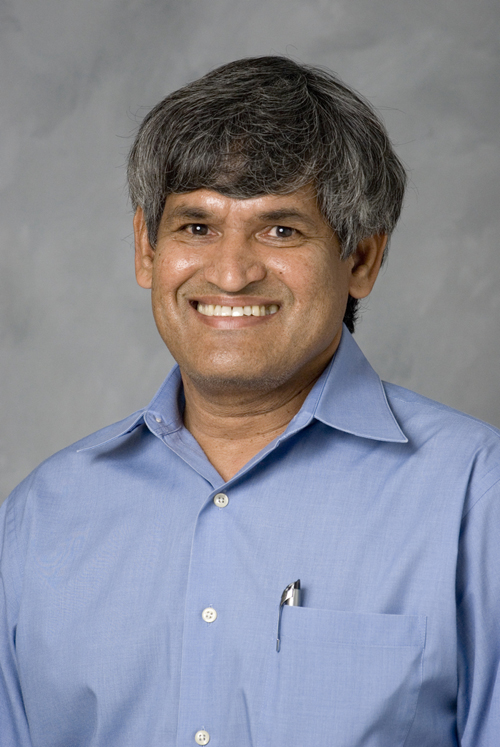 Sembiam Rengarajan, 2010-11
Sembiam Rengarajan, 2010-11
Sembiam Rengarajan, professor of electrical and computer engineering, is the current holder of the college’s research fellowship. The goal of his project is to improve the technology of reflectarrays, which are arrays of flat antennas that function much like large parabolic dishes, but are easier to manufacture, occupy less volume and are easier to deploy on spacecraft because they can fold and unfold in space. He will be spending his time conducting a great deal of mathematical analysis, coming up with a theory and looking for ways to improve the capabilities of the technology. When the project is completed, Rengarajan hopes he will be able to publish some of the work in a major conference or journal paper and attract potential sponsors for further study.
The CECS computer labs open at 8 a.m. and close at 10 p.m., remaining closed on weekends. For students engaged in complex projects, particularly those requiring collaboration among members of a team, it can be a major challenge to get their design work done during the labs’ weekday hours, particularly amid fierce competition for the college’s high-end workstations. Now, thanks to a partnership with HP, the computer lab hours have been expanded virtually.[Read more…]

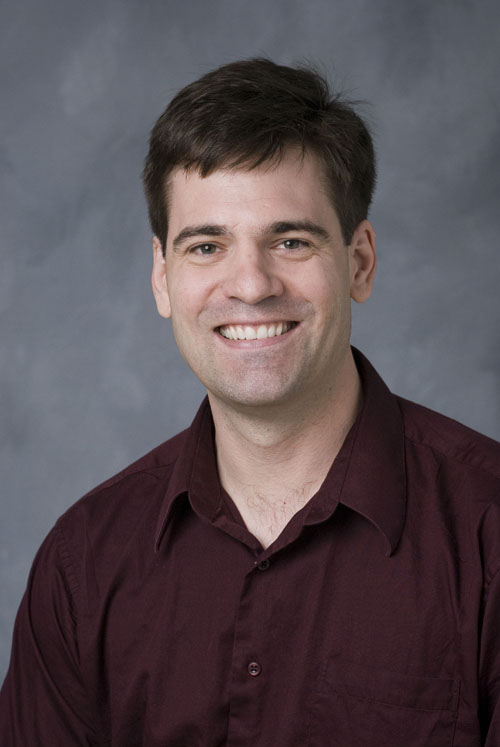 As the national economy starts to improve, there is a renewed interest and need in software engineering and computer information technology professionals. Enrollments and interest in computer science related degrees at CSUN are on the increase, returning to the levels they were at 5 years ago.
As the national economy starts to improve, there is a renewed interest and need in software engineering and computer information technology professionals. Enrollments and interest in computer science related degrees at CSUN are on the increase, returning to the levels they were at 5 years ago.
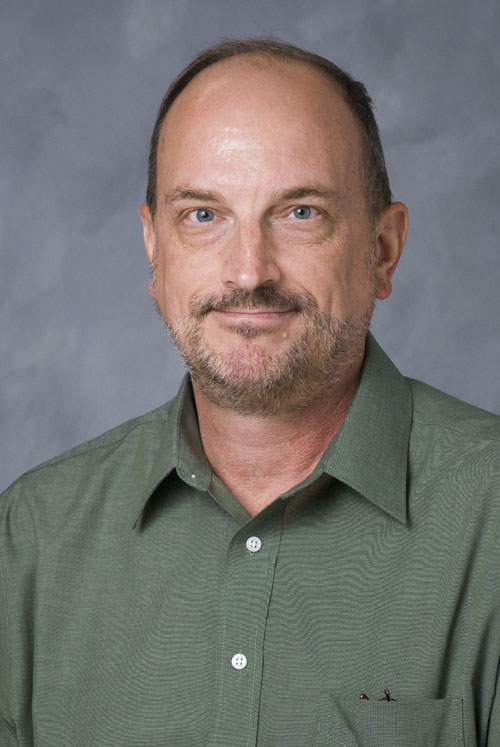
 Xiyi Hang, 2008-09
Xiyi Hang, 2008-09 Dale Conner, 2009-10
Dale Conner, 2009-10 Sembiam Rengarajan, 2010-11
Sembiam Rengarajan, 2010-11